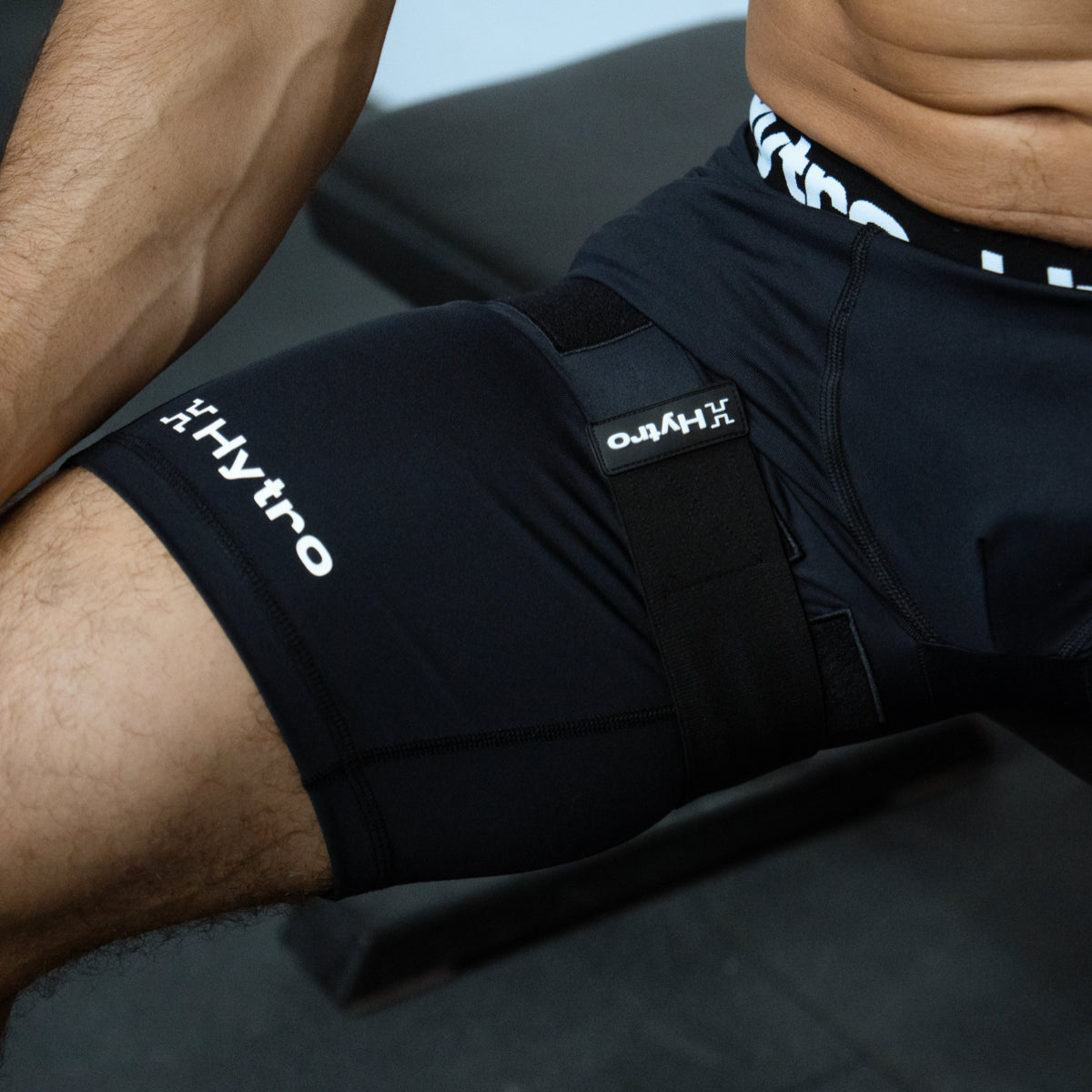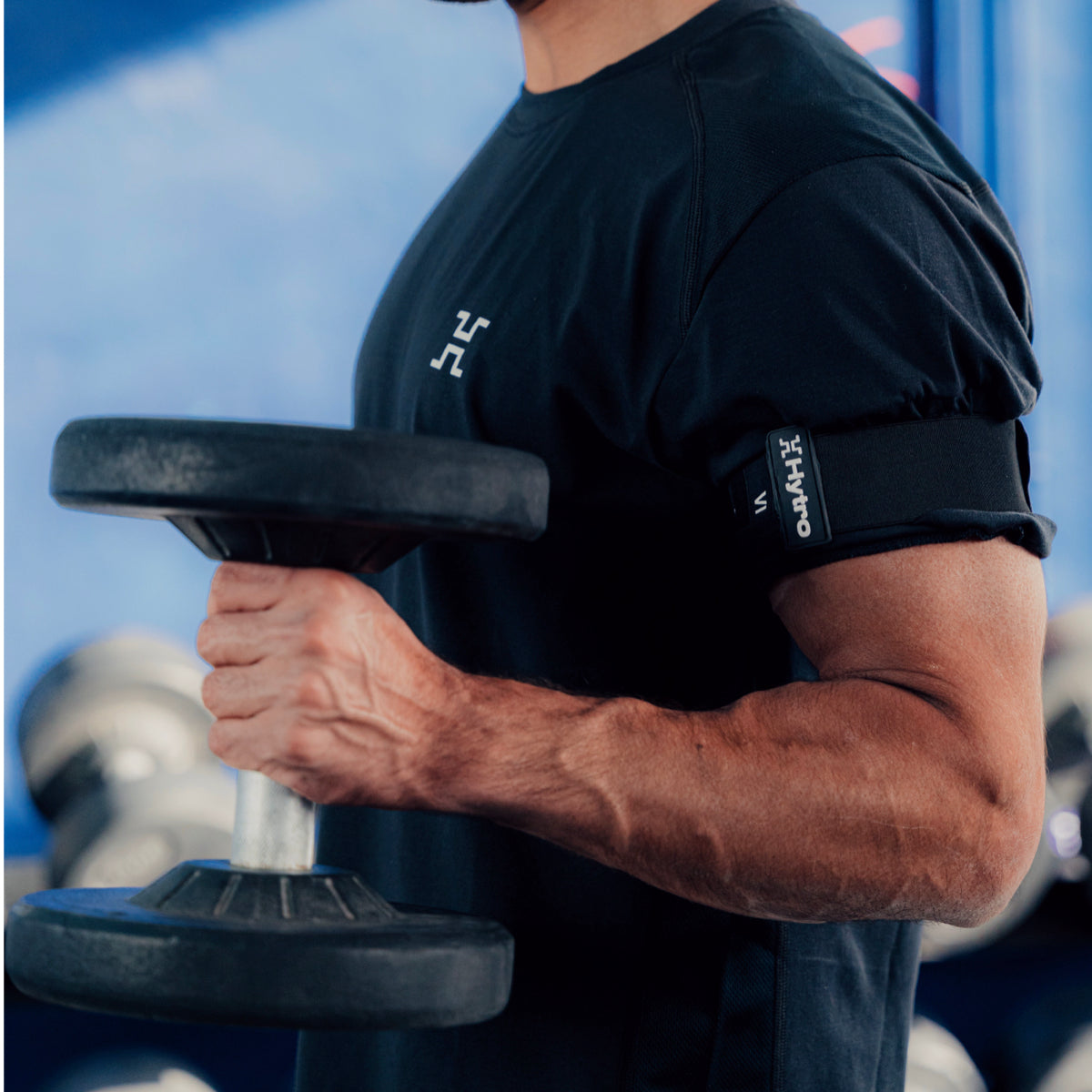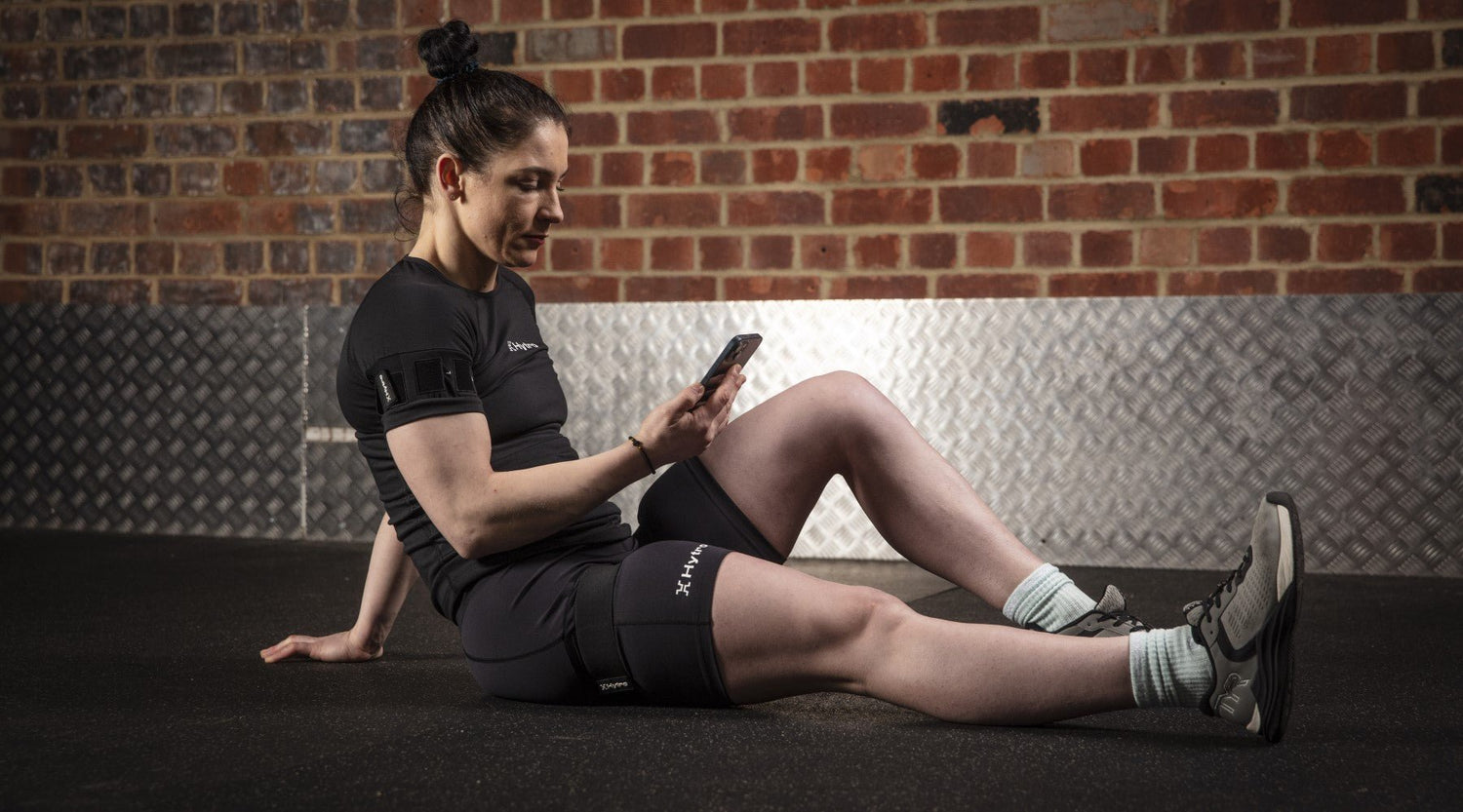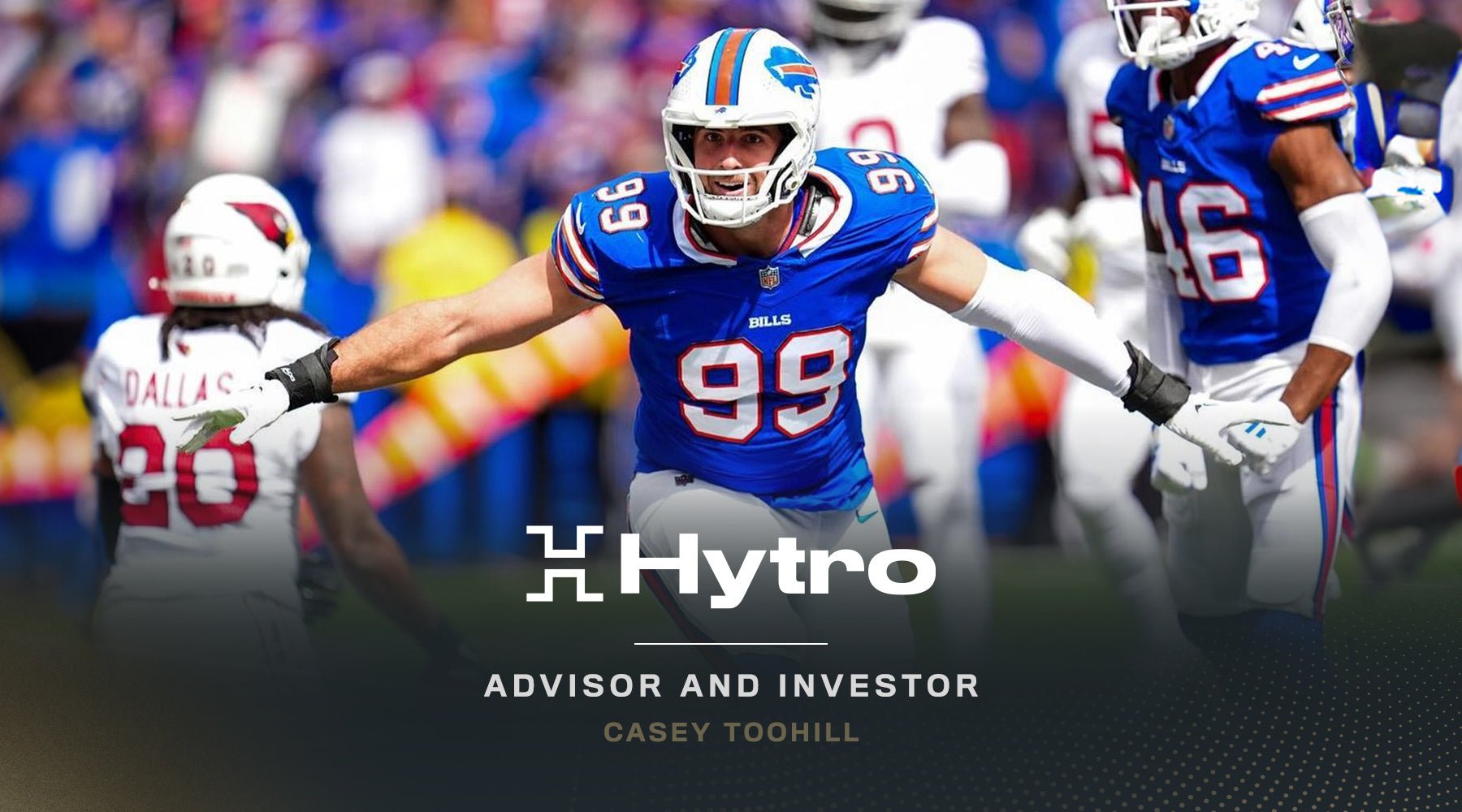Recovery BFR (Blood Flow Restriction) has rapidly become a leading technique in professional sports recovery. Within the sports recovery market, BFR is expected to grow from £1.05 billion in 2024 to £1.98 billion by 2030, swiftly overtaking traditional methods like ice baths and compression. So, what makes BFR so effective and how do professional athletes use it?
Recovery BFR is a versatile tool that can be categorised into three main approaches:
- Passive Recovery BFR
- Active Recovery BFR
- Hydrotherapy Recovery BFR
So how does it work?
When you engage in Recovery BFR, whether through gentle activity or simply relaxing, the restricted blood flow causes your muscles to fill with blood and swell, signaling your body to produce key recovery hormones. When the BFR is released, the pressure is lifted, allowing the accumulated blood to be flushed out of the muscles while simultaneously driving fresh, nutrient-rich blood, packed with proteins and carbohydrates from a recovery shake or meal, into the muscle tissue. This process accelerates recovery by enhancing nutrient delivery, reducing muscle soreness, and promoting faster muscle repair and regeneration.

The benefits of Passive Recovery BFR
Time efficiency
In the fast-paced world of professional sports, time is of the essence. Athletes are often balancing intense training schedules, travel, and personal commitments. Passive BFR offers a solution by allowing recovery to be integrated into daily activities. During team meetings, game analysis, mealtime, or relaxation, athletes can recover on the go with just three 5-minute sessions. Imagine enhancing muscle recovery without setting aside extra time for traditional methods!
Travel-friendly
Athletes spend countless hours traveling, which can often disrupt recovery routines. Passive BFR is a game-changer in this context. It allows athletes to recover on planes, buses, or hotel rooms without the need for bulky equipment, promoting circulation and muscle repair while on the move.

At-home recovery
Given that athletes spend up to 20 hours a day away from training, Passive BFR is perfect for at-home recovery. Whether pushing a stroller, walking the dog, or even doing household chores, Passive Recovery BFR allows athletes to maximise their downtime for effective recovery.
The benefits of Active Recovery BFR
Enhanced recovery with activity
Pairing BFR with active recovery methods like cycling, walking, or stretching takes recovery to the next level, making it ideal for those who prefer a more dynamic approach. This combination promotes muscle protein synthesis (MPS), improves blood flow, and helps flush out metabolic waste, ensuring faster and more effective recovery.
Injury prevention
Active Recovery BFR not only aids in recovery but also strengthens muscles and tendons, reducing the risk of injury. By stimulating muscle hypertrophy and tendon adaptation during low-intensity exercises, BFR supports long-term performance and resilience.

Hydrotherapy and BFR: A Powerful Duo
Combining BFR with hydrotherapy techniques such as ice baths, contrast bathing, and swimming amplifies recovery benefits without requiring additional time.
Ice baths
Cold immersion is excellent for reducing soreness and inflammation. When combined with BFR, these effects are amplified, as BFR stimulates muscle protein synthesis and enhances circulation. Research with Oxford United FC showed that ice baths with BFR significantly reduced soreness and fatigue.

Contrast bathing
Alternating between cold and heat during contrast bathing improves blood flow and muscle recovery. Adding BFR to this practice boosts nutrient absorption and speeds up the recovery process.
Swimming
Low-impact recovery activities like swimming become even more effective when paired with BFR. It reduces joint stress while engaging muscles, delivering superior recovery results.
How is it used in pro sport?
Recovery BFR is becoming a recovery tool of choice with many athletes and teams across the globe due to its effectiveness and simplicity of use. Whether continued after rehab, or stacked with other existing recovery tools, BFR is fast becoming a non-negotiable for many.

Gloucester Rugby has been using Recovery BFR as part of their travel recovery and post-training or game routine for some time. In a recent podcast, James Hudson highlighted how they use Hytro BFR during travel, allowing the players to actively recover on long bus rides and flights, maximising downtime and enabling them to maintain peak condition. In addition, following their research with Hytro, Gloucester Rugby now stack Recovery BFR with both heat and breathing to maximise the players’ recovery.

BFR has been a transformative tool for Joe Truman, GB Cyclist, especially after his back surgery, where it played a crucial role in helping his leg size recover quickly. BFR has become a key component of his training routine, Joe integrated BFR into his programme as a finisher and, more recently, as a recovery tool with Hytro. By incorporating BFR into his day-on, day-off training schedule, Joe has maintained high-quality sessions without the usual fatigue. He credits BFR with helping him stay strong throughout the week, stating, "With Hytro, I feel pretty good, even by Friday." This approach allows him to balance strength gains while reducing the strain on his central nervous system, ultimately leading to faster recovery and better overall performance.
By incorporating BFR into various aspects of recovery, athletes can optimise their performance, reduce recovery time, and ensure they are always at their best, regardless of the demands of their sport. Learn more about how Hytro can be used to support team recovery or shop your BFR wearables now.






Leave a comment
This site is protected by hCaptcha and the hCaptcha Privacy Policy and Terms of Service apply.